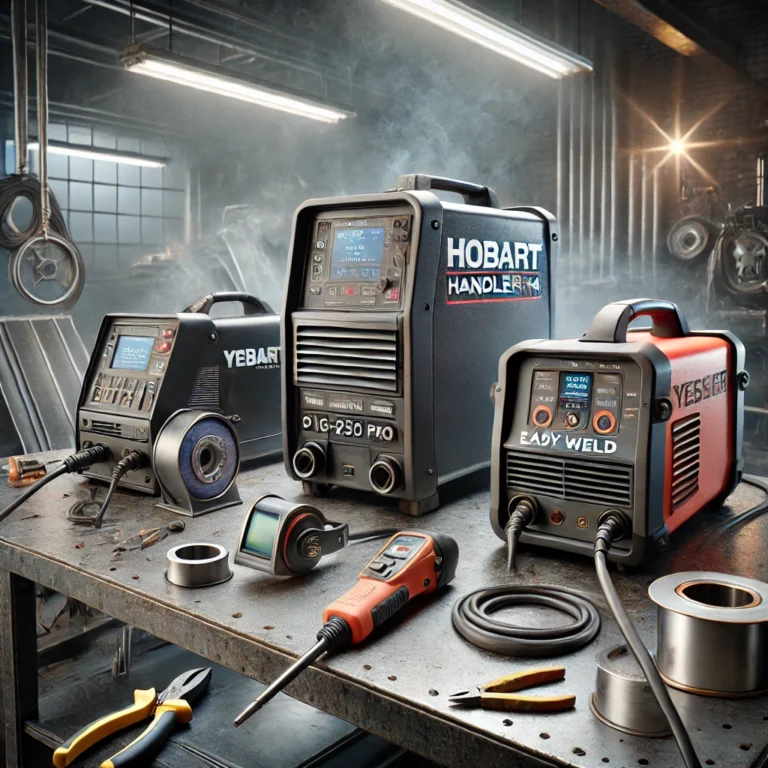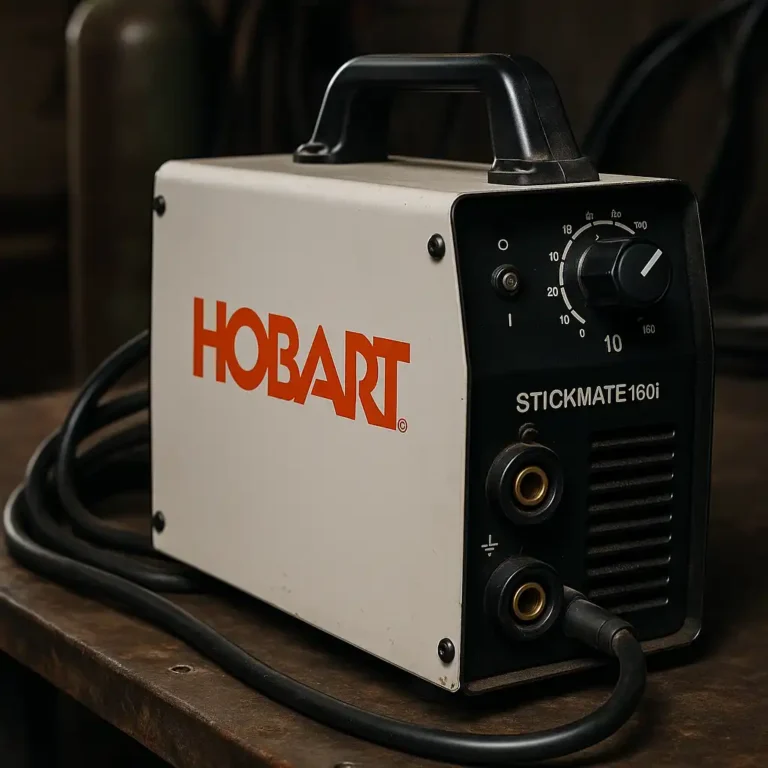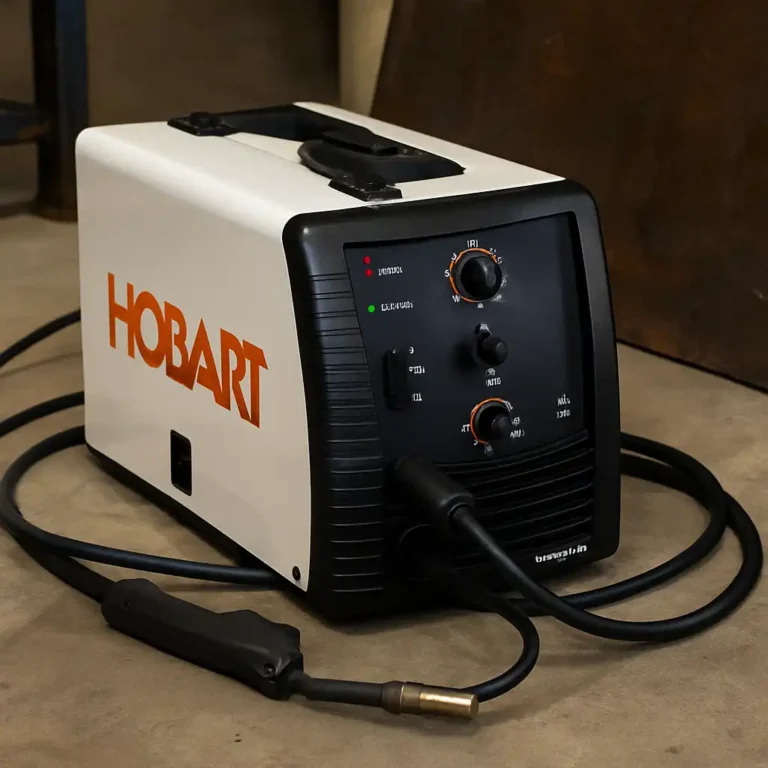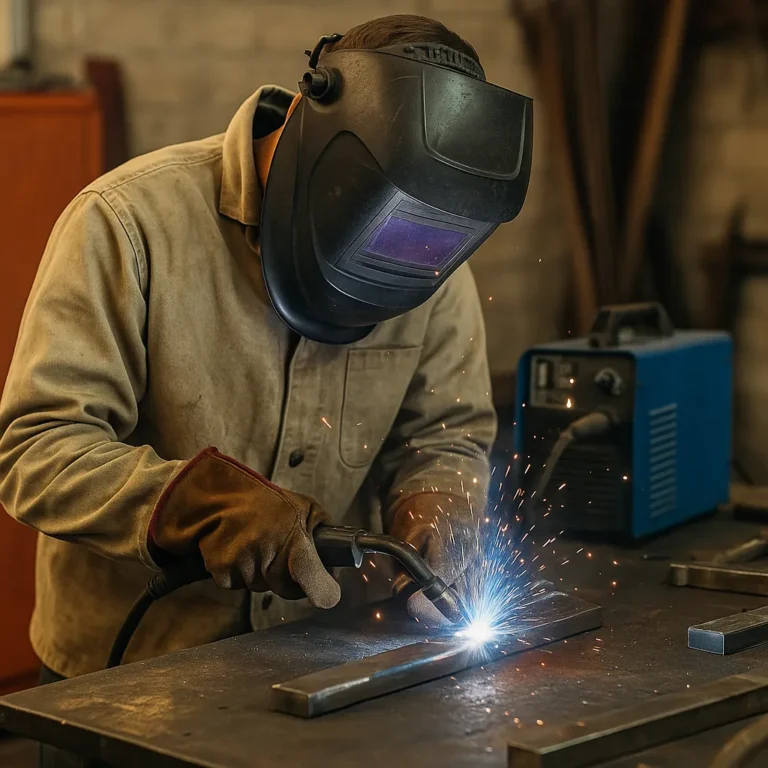How Do I Choose the Right Welding Machine – Practical Tips for Beginners
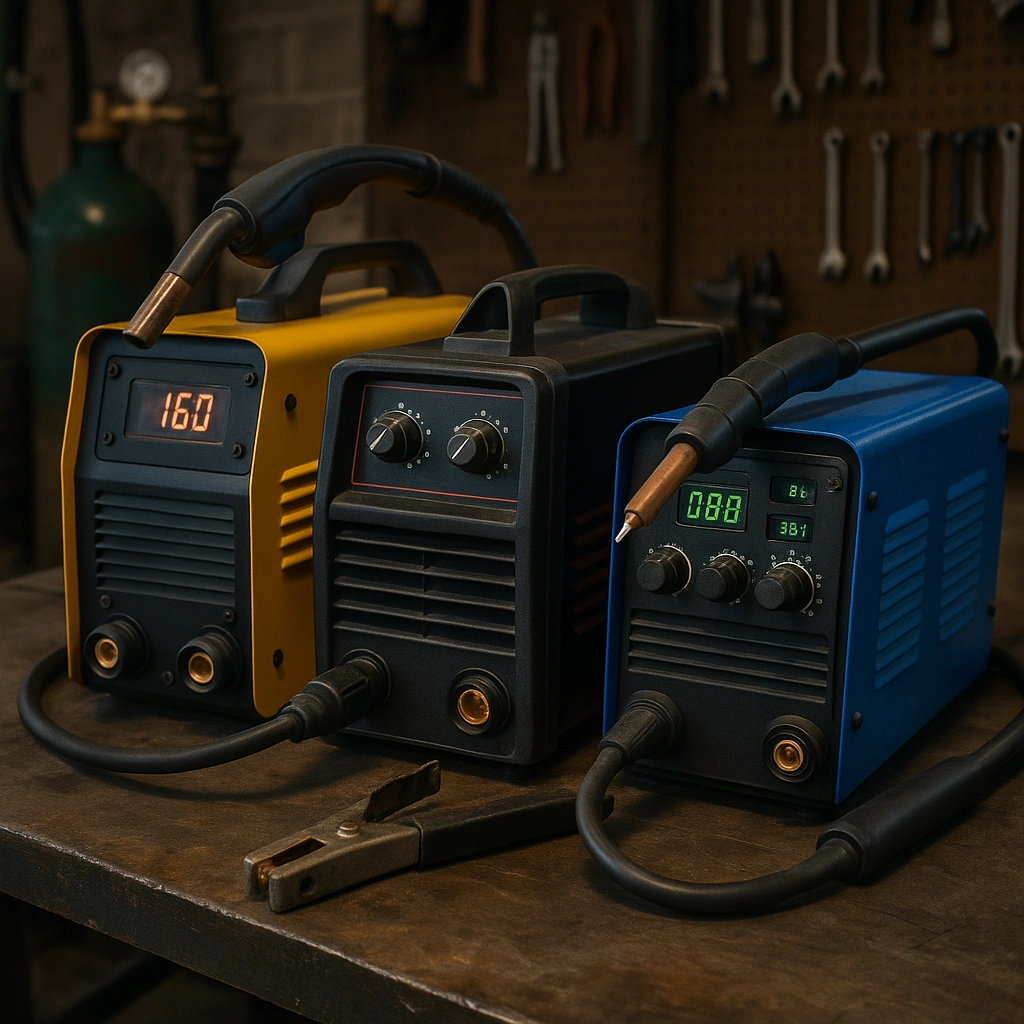
Disclosure: This post contains affiliate links. As an Amazon Associate, I earn from qualifying purchases—at no extra cost to you.
Last Updated: November 2025
Choosing the right welding machine gets easier once you understand what you’ll weld and how much control you’re comfortable with. Beginners don’t need a high-end machine—just something simple to set up, steady enough to practice with, and flexible for small repairs or garage projects. A good starter welder should help you learn, not slow you down.
👉 You can also check our guide on welding machines for different skill levels to see where beginner units fit compared to more advanced models.
🔍 Understand What You’ll Weld
Start by knowing the material you’ll work on most. MIG handles mild steel and general repair work, TIG is best for aluminum or detailed pieces, and Stick is strong outdoors where metal isn’t perfectly clean.
If your projects are brackets, small repairs, or simple practice plates, you won’t need a high-amp welder. Thicker steel or aluminum will require more power and AC capability.
🔍 Know Which Process Fits Your Skill Level
MIG and flux-core are the easiest for beginners because the wire feeds automatically. TIG is the cleanest but takes more coordination. Stick works well once you get used to rod control.
Choosing a process that matches your confidence level makes learning smoother and far less frustrating.
👉 Before choosing a welding process, take a quick look at our breakdown of how MIG welding works to see which style feels most natural when you’re starting out.
🔍 Match Amperage to Material Thickness
Most home or garage jobs fall in the 1/16″ to 1/4″ steel range. Machines in the 140A–200A range cover this comfortably. Lower amps work well for thin sheet, while higher amps help with stronger penetration.
Duty cycle matters too—longer welds or heavier pieces need a welder that won’t overheat quickly.
🔍 Check Your Power Options
110V welders plug into any household outlet and are great for learning. Dual-voltage machines give you the option to switch to 220V for a smoother arc and more power when you need it.
If you weld outdoors, check whether the machine handles extension cords or generator use reliably.
🔍 Decide Whether You Need Multiprocess Features
A simple MIG or flux-core welder is plenty for most beginners. If you already know you want to try TIG or Stick later, a multiprocess welder saves you from buying extra machines.
It costs more upfront but gives you more flexibility as your skills grow.
🔍 Consider Portability and Build Style
Compact inverter welders are perfect for garages or small shops. They’re lighter, start clean, and don’t take up much space.
Traditional transformer welders are heavier but extremely durable. Choose based on where you’ll weld and how often you move the machine.
📌 Key Takeaways
- MIG and flux-core welders give beginners the easiest learning curve
- Match amperage to the metal thickness you’ll weld most often
- Dual-voltage machines offer more capability as projects get bigger
- Compact inverter welders work great in garages and tight spaces
- Multiprocess machines add long-term flexibility
🟢 FAQs
Q: What welding machine is easiest for beginners?
MIG and flux-core are easiest because the wire feeds for you.
Q: How many amps do I need for home projects?
140A–200A covers most brackets, repairs, and small fabrication.
Q: Should I start with 110V or 220V?
110V is fine for learning. Dual-voltage is helpful as you progress.
Q: Do beginners need a multiprocess welder?
Not required, but handy if you want to try Stick or TIG later.
✅ Conclusion
Choosing the right welding machine comes down to your projects, your power setup, and how comfortable you are with each process. Pick a welder that matches your skill level, offers enough amperage for the metal you’ll weld, and fits your workspace. The right beginner machine should make welding feel approachable and help you improve quickly.


